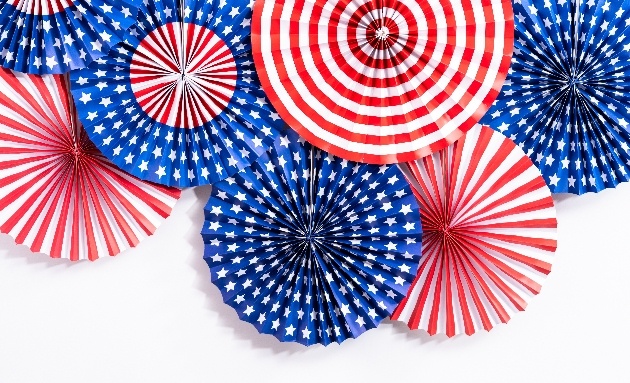Posted by Rachel Westall on 24 May 2021
The cultural differences in US and UK retail buying are more numerous than you might think. So, what can we learn from purchasing across the pond? Retail expert, Tim Bush, shared his expert insights into the mind of a US buyer at Spring Fair @Home. Discover his top tips for taking your brand across the pond.

First things first, they're not going to tell you what they want up front. But ultimately, they want the same thing the brand wants – to stock a genuinely original and quality product that will boost their sector sales.
Make sure you hit them with the following things:
A great sales story that charts the sales progress of your product from conception to the here and now. Make sure you're armed with tangible growth, and present it in terms of percentages, not monetary value.
Verifiable uniqueness or tangible ways your product is different from the things they already stock.
Flexibility in the way you work and the way you fit into the retailer's existing operations.
Know how you will affect their margin. This is true anywhere in the world, but the retailer has to make a certain amount of money on the sale of your product; you're either going to help them increase their margin or you're going to pull it down.
Tell them how your product will help them increase category sales. If you're simply going to steal customers from another product, this isn't going to increase their sales and they'll simply stick with their original supplier. Explain how your product will drive additional consumers into that sector.
The four don'ts of pitching to a US retail buyer
A list of dos wouldn't be complete without the corresponding don'ts. There are a few things to avoid when making your case to a US buyer:
Never say no. You'll always start on the back foot with US buyers and they'll enter a meeting with their mind made up to disqualify you. Don't make it easier for them. Remember that every sell is about selling interest, you're not asking them to make an order right now. For example, if a US buyer asks you if you have a US distributor don't outright say no. Instead, say "before I answer that, are you interested in my product?". If they say yes, that's when you can answer the question and discuss possible solutions.
Don't simply read your presentation. If you did that, you might as well have just sent them the deck to read on their own time. Instead, use your presentation as a convenient piece of 'leave behind' collateral. Use your pitch to showcase your passion for your product and your insights based on experience.
On a similar vein, don't just show a video. The buyer wants to be engaged with you and your product and a video doesn't give them the opportunity to connect with your story.
It might sound strange, but don't sell your product. B2B selling isn't the same as selling direct to the consumer. The buyer wants to know what opportunity offering your product will bring them. They'll take care of selling the product itself to their own customers.

This is crucial; if you don't understand your product, how are you going to sell it on to someone else?
The first thing to remember is that there are two main product types: enhancement products and ground-breaking products.
An enhancement product is something that already exists, but you've made it better. In this category, all the features are established, and the processes are in place, now you just have to show the buyer why it's going to increase their category sales.
A ground-breaking product fills a clear gap in the market, and whilst it might be an unfamiliar concept, your pitch should make it absolutely clear what issue your product addresses. This is a slower burn as analysis needs to be done to understand which category your product lives in, where the demand really is, and what the forecasts look like.
Whichever category you fall into though, you need to understand what differentiates your product. First thing's first, features and USPs are not the same thing. A feature is something your product does or something that helps it perform its function. A 'unique' is something that makes your product stand out. It could be a new ingredient, innovative branding etc. The best way to establish your product's 'uniques' is to hear it from the customers themselves. Read your reviews and understand what it is about your product that's really changing your customer's lives.

Retail is a costly enterprise, and retailers will look to sell your product at between seven and 10 times the cost of production. If your pricing falls higher than that of your competitors, you need to be crystal clear on your 'uniques' and tell the buyer what makes your product worth that extra premium. When it comes to putting together your pricing, you need to factor in promotion, returns, freight and advertising along with many other factors. It's important to make sure you've covered all bases between basic production cost and RRP. Of course, this will also help you to understand that all important margin that the buyer needs to hit.
Read more on the Spring Fair website https://cutt.ly/yl7xYxX